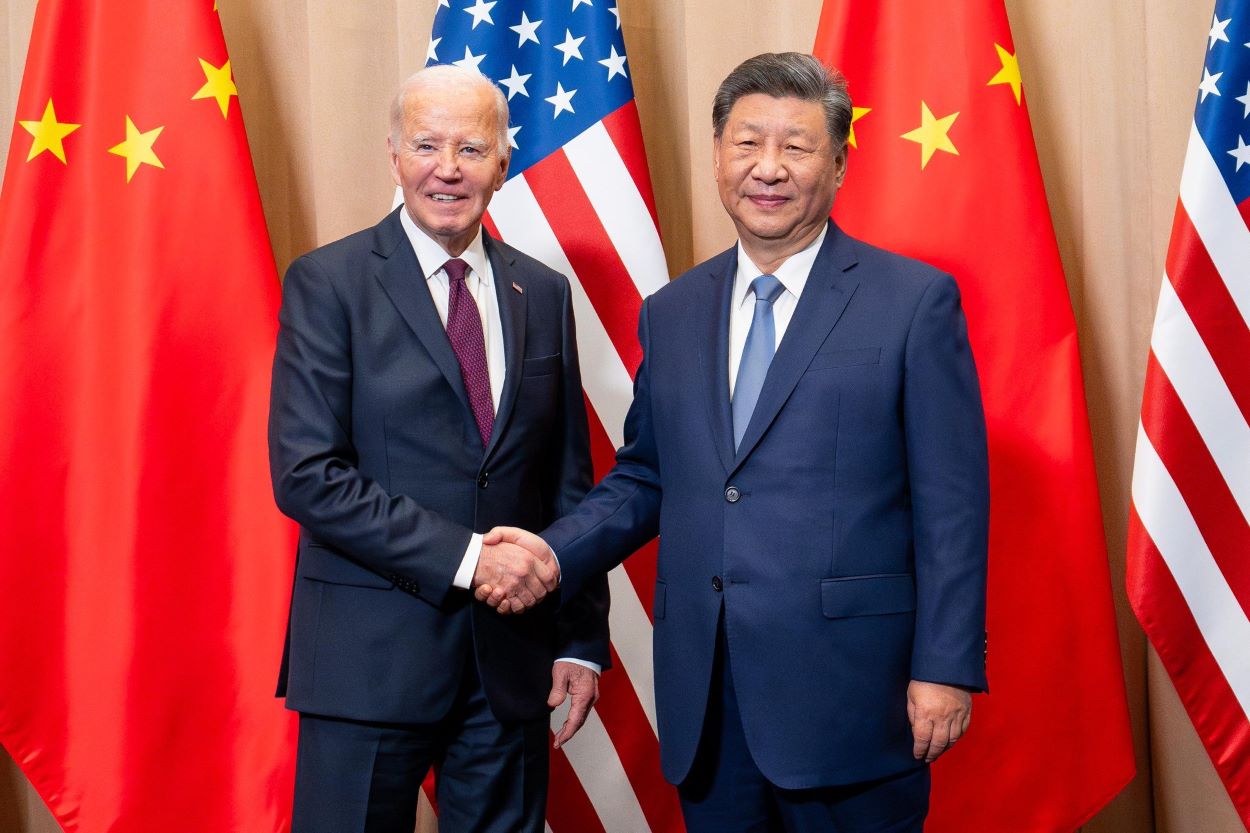Look for New Links across the Global South
Look for New Links across the Global South
Nowhere is the "south-south" model of market integration more evident than in emerging links between Asia and Latin America, argues Inter-American Development Bank President Luis Alberto Moreno in the Financial Times.
The first phase of globalisation saw industrialised nations build relationships with each other. In the second, those nations forged links with emerging regions. Now, a new phase is beginning, defined by the integration of emerging markets themselves. And nowhere is this "south-south" model more evident than in emerging links between Asia and South America.
This wasn't always true. From 2001 to 2009 KPMG estimates China's total investments in Brazil at a mere $215m. Yet last year Chinese energy and chemical groups quietly spent more than $20bn acquiring assets in Argentina and Brazil alone. Over the past decade Asia's share of Latin American trade jumped from 9 per cent to 20 per cent. Increasingly led by China, but also with substantial investment from Japan and South Korea, Asian trade with the region topped $256bn in 2010 - more than Latin America's annual trade with the European Union, and more than half its trade with the US.
This next stage of global development, however, is not a static picture. China's search for natural resources has rightly drawn attention, but other Asian nations are increasingly important too. India, in particular, faces severe resource constraints. It must find more sources of food, minerals and fuel to sustain its impressive growth rates.
Indian multinationals know this, and trade patterns are already changing as a result. Reliance Industries imported a quarter of its petroleum from Latin America in 2010, up from 13 per cent in 2009 - as part of a strategy to improve refining margins by processing heavier and cheaper grades of oil. Renuka Sugar also recently invested some $600m in Brazil's sugar sector, to diversify its supply sources. The elimination of tariffs on edible oils means soya (primarily from Argentina) has become Latin America's largest agricultural export to India too.
Trade in commodities tends to dominate analysis of such growing connections, but in the future opportunities will also stem from complementary demographic and economic circumstances. One example came a few years ago, when a consortium of Colombian sugar producers went on a global search for technology to make ethanol that met strict environmental standards. At the same time, some of India's biggest consulting firms wanted to use Latin America as a base for the US market. Today, 7 per cent of Colombian gasoline has been replaced by domestic ethanol, produced with green Indian technology - while Indian companies, including Infosys and Tata, now have 17,000 employees in Latin American and the Caribbean.
India and Latin America's populations are also younger than most other Asian countries, and this decade will see tens of millions of young workers in both emerge from poverty, move to cities, and demand affordable food, healthcare and transport. This creates an opportunity that the private sector is taking up. Over the past decade, Indian pharmaceuticals companies such as Ranbaxy Laboratories and Strides Acrolab have started factories and joint ventures in Latin America that now sell $500m a year in low-cost generic drugs.
Of course, we must not get carried away with such developments. Latin American and Caribbean trade with India is only a one-10th of that with China, and one-sixth of that with Japan. Considerable challenges over the value of currencies remain, while more trade disruption cannot be ruled out. Governments in both regions must therefore do more to dismantle protectionism. The average Indian tariff on Latin American agricultural goods is 65 per cent. Although Latin American tariffs on Indian goods are not this high, a recent study by the Inter-American Development Bank suggests a 10 per cent reduction would, for instance, increase imports of Indian goods in Chile and Argentina by 36 per cent.
Moves to reduce shipping costs would also help. Currently, goods from both regions must be shipped via Singapore or Europe, increasing costs. Policymakers should push for better ports, lower maritime regulatory barriers, tax incentives to operators of new shipping routes and further open sky agreements to ease trade in perishable goods. China, like Japan before it, has shown how these policies can rapidly expand trade. Now India and its Asian neighbours are poised to deepen ties, and take measures to accelerate growth and improve the lives of those living in poverty. The world should take notice.
The writer is president of the Inter-American Development Bank.







